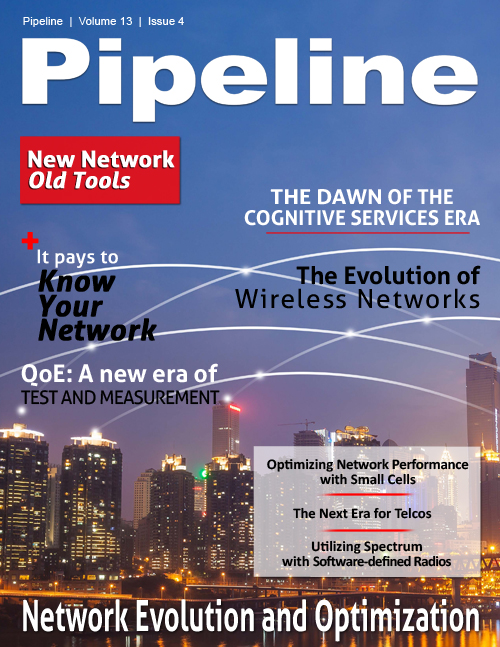The Evolution of Wireless Networks: Shift from Hardware-centric to Software-centric
With RAN Virtualization, resources can be pooled in a web-scale data center which allows resources to be distributed to any connected radio remote unit and their antenna points within the network. What this means is that RAN Virtualization breaks the bottleneck by turning the traditional 1:1 relationship into a multi-point to multi-point relationship. This allows for the radio resources to be virtualized, allowing for any spare idle capacity to be switched to another antenna destination point which may need additional capacity, such as to cover temporary peak usage within the network. It also enables additional resources to be added easily as demand increases. An example being a campus cafeteria at lunch-time, or a multi-use building where majority of the capacity required during the day is office suites, and during the evening, the traffic is shifted to the residential suites. The key to enabling this is the flexibility of an SDN to accommodate the changes in network parameters required to maintain operational performance standards.
With this approach, wireless operators can take advantage of flexible resource allocation, reduced capital and operational expenditure, and reduced network complexity. More importantly, the virtualization allows for efficient usage of the most precious resource – spectrum. Ultimately, RAN Virtualization allows wireless operators to stay competitive, reduce cost per megabyte, and the ability to rapidly innovate and adopt new technologies and business models.The challenges of a software-defined virtualized RAN
The significant reduction in cost and improvements in flexibility and agility are very attractive to wireless operators globally, but implementing RAN Virtualization is not without challenges. The mobile operators are faced with the challenge of deploying or accessing web-scale data centers as opposed to deploying or leasing base station sites, which has been the norm for the last 30 plus years. This comes with a new way of thinking – RF to digital content delivery. Network planners will need to be equipped with new knowledge on high speed digital optical network, digital switches, development and maintenance of the software behind virtualized RAN, digital content to name a few.
Globally, wireless operators are going to be faced with the challenge of migrating seamlessly to the next generation networks while maximizing their current infrastructure investment. Wireless operators have invested millions or even billions in their networks today to give users the best mobile experience. Although the benefits of RAN Virtualization are attractive, wireless operators need to recoup their Return on Investment (ROI). Therefore, they must invest in a future-proof solution that can help them migrate seamlessly to the next generation networks without a complete rip-and-replace.





















